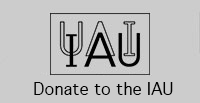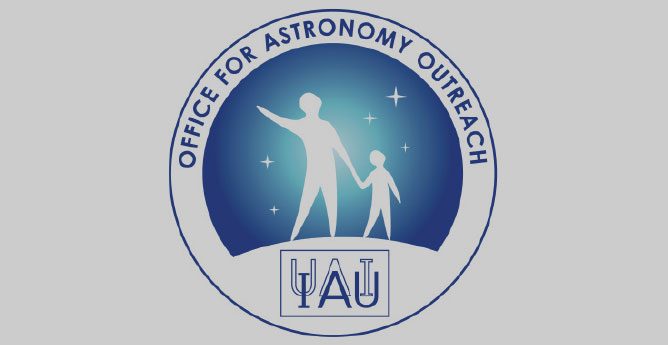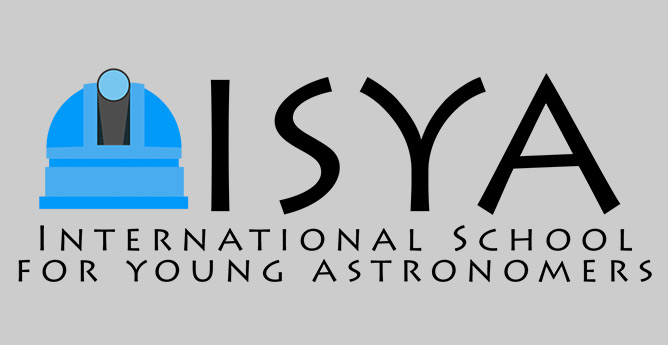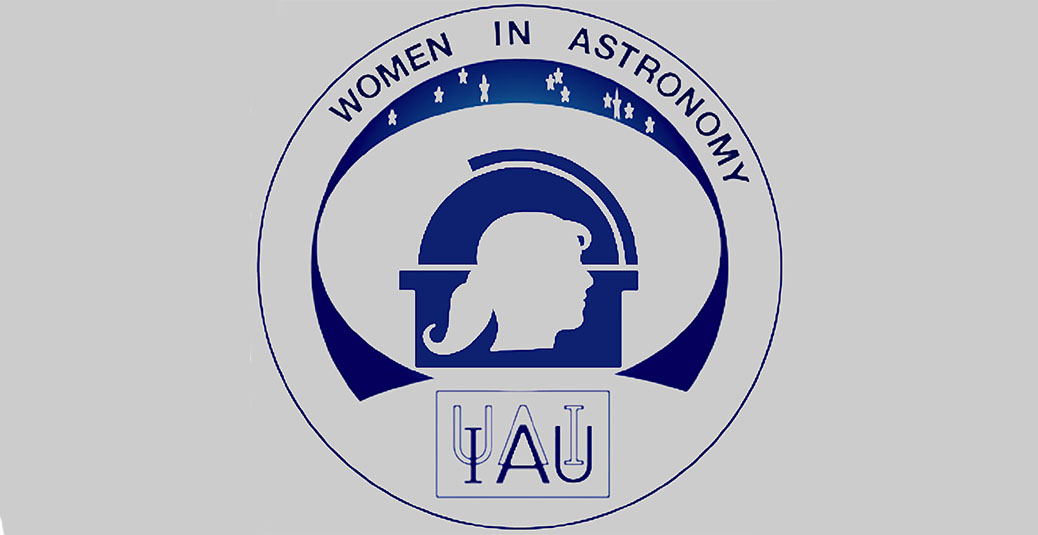- News
- Science
- Scientific Bodies
- Divisions
- Commissions
- Commission A1 Structure
- Commission A2 Structure
- Commission A3 Structure
- Commission A4 Structure
- Commission B1 Structure
- Commission B2 Structure
- Commission B3 Structure
- Commission B4 Structure
- Commission B5 Structure
- Commission B6 Structure
- Commission B7 Structure
- Commission C1 Structure
- Commission C2 Structure
- Commission C3 Structure
- Commission C4 Structure
- Commission C5 Structure
- Commission D1 Structure
- Commission E1 Structure
- Commission E2 Structure
- Commission E3 Structure
- Commission E4 Structure
- Commission F1 Structure
- Commission F2 Structure
- Commission F3 Structure
- Commission F4 Structure
- Commission G1 Structure
- Commission G2 Structure
- Commission G3 Structure
- Commission G4 Structure
- Commission G5 Structure
- Commission H1 Structure
- Commission H2 Structure
- Commission H3 Structure
- Commission H4 Structure
- Commission J1 Structure
- Commission J2 Structure
- Commission J3 Structure
- Commission X1 Structure
- Commission X2 Structure
- Past Commission Organising Committees
- Working Groups
- Centres
- Scientific Meetings
- Rules & Guidelines
- General Assemblies
- Meeting Proposals
- Future IAU Meetings
- General Assemblies
- EC Meetings
- Officers' Meetings
- Regional Meetings
- Symposia
- Focus Meetings
- Institutional Meetings
- IAU Offices Meetings
- IAU-Sponsored Meetings
- Letters of Intent submitted for 2024
- Letters of Intent submitted for 2023
- Letters of Intent submitted for 2022
- Letters of Intent submitted for 2021
- Letters of Intent submitted for 2020
- Past IAU Meetings
- Templates
- Other Meetings
- Grants & Prizes
- Scientific Bodies
- Publications
- IAU Publications
- IAU Strategic Plan
- Symposia
- WGSBN Bulletins
- Regional Meetings
- Information Bulletins/Catalyst
- E-Newsletters
- Focus Meetings
- Transactions A
- Transactions B
- Related Publications
- GA Newspapers
- CAPjournal
- IAU Books
- Brochures
- IAU Offices
- WG Reports
- Commission Reports
- Division Reports
- Past IAU Publications
- Rules, Guidelines and Instructions for Proceedings
- Publishers
- IAU Publications
- Administration
- About the IAU
- Statutes & Rules
- IAU Policies
- IAU Executive Bodies
- IAU Secretariat
- Resolutions
- Members Administration
- Administrative Dates & Deadlines
- International Organisations Relations
- Donate to the IAU
- Training in Astronomy
- Astronomy for Education
- Astronomy for Development
- Astronomy for the Public
- Office for Astronomy Outreach
- FAQ
- Themes
- Satellite Constellations
- Astronomy in Everyday Life
- How to Report a Discovery
- Careers in Astronomy
- Defining our Place in the Cosmos
- The Constellations
- Light Pollution
- Measuring the Universe
- Near Earth Objects
- How to Participate in Astronomy Research
- Naming of Astronomical Objects
- Naming of Exoplanets
- Buying Star Names
- Naming Stars
- Pluto and the Solar System
- IAU Member Statistics
- Our Moon: the Moon
- Meteors & Meteorites: The IAU Definitions of Meteor Terms
- UNESCO-IAU Portal to the Heritage of Astronomy
- Social Media
- Past Events
- Call for Online Resources
- Astronomy@Home Awards
- Contact

Lawrence H. Auer
United States
1941-2023
Obituary:
It is with sadness that we recently learned of the passing of Lawrence H. Auer (Dec. 7, 1941 - Jan. 13, 2023). Larry Auer is a pioneer of non-LTE radiative transfer. The methods developed by him during the 1970s, mostly in collaboration with Dimitri Mihalas, led to a breakthrough in the realistic description of non-equilibrium radiative transfer and model atmospheres and they became a fundamental tool for the quantitative spectral analysis of stellar spectra. In a series of landmark papers he introduced the method of complete linearization. The application of this method to a wide range of stellar spectra demonstrated the crucial importance of non-LTE effects for their interpretation. In collaboration with G. Olson and J. R. Buchler they published the seminal study on the Accelerated Lambda-Iteration method with a diagonal operator, and with P. Kunasz he invented the method known as "short characteristics" which opened a vast pathway to modeling radiative transfer in multi-dimensional geometry. It is fair to say that Larry Auer’s contributions laid the foundation for the precision spectroscopy of today.
After his undergraduate studies at Haverford College, Larry Auer went on to Princeton where he obtained his PhD degree. During the 1970s he worked at Yale University and at the National Center for Atmospheric Research (NCAR/HAO). Between 1980 and 1982 he was a professor at Penn State University where, with his student G. Koenigsberger, he became involved in the study of hot and massive stars of the Wolf-Rayet type using the International Ultraviolet Explorer space telescope. From 1982 until his retirement he worked at Los Alamos National Laboratory where he worked with G. A. Glatzmaier and others on potential phenomena related to a nuclear winter, with E.M Standish on astronomical refraction, and with his student F. Paletou on multi-dimensional radiative transfer problems.
A digital genius, Larry Auer developed algorithms for the massively parallel Connection Machine, and during the 1970s he developed his word editor called ABE (A Better Editor!) as well as his own Fortran pre-processor and graphics library.
Larry Auer is survived by his wife Kathlyn, who became his assistant and constant companion after the 1978 automobile accident that left him severely disabled.
From Gloria Koenigsberger (Universidad Nacional Autónoma de México) and Frédéric Paletou (U. Toulouse, OMP, France)
Past affiliation(s) within the IAU
- Past Member of Division G Stars and Stellar Physics
- Past Member of Commission 36 Theory of Stellar Atmospheres (until 2015)
- Past Member of Division IV Stars (until 2012)
Search individual members

















